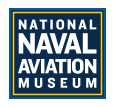Legacy Wall
The Naval Aviation Museum Foundation's Legacy Wall will recognize all active duty or retired service members, living or deceased. The Legacy Wall is a way for families, squadrons, or associations to recognize and show appreciation for veterans and their sacrifices. Legacy Wall plaques are now available for purchase.
Purchase a Legacy Wall PlaqueLeave a Legacy
The Legacy Wall exhibit will be located on the Museum’s second floor in the Foundation’s Hall of Honor. Plaques will be viewed by hundreds of thousands of visitors to the National Naval Aviation Museum each year for generations to come.
A limited number of honor plaques are now available for purchase. Plaques are photo engraved on a silver aluminum plate measuring 3.75 x 7 inches or the larger plaque measuring 15” W x 8 ¾” T. Plaques can include photos, text, insignias and logos. Small honor plaques will be available for $2,500 and large plaques for $10,000.
Please contact the Accounting Department to set up multiple payments for multiple families at 850-453-2389. Your entire contribution may be tax-deductible as a charitable gift.
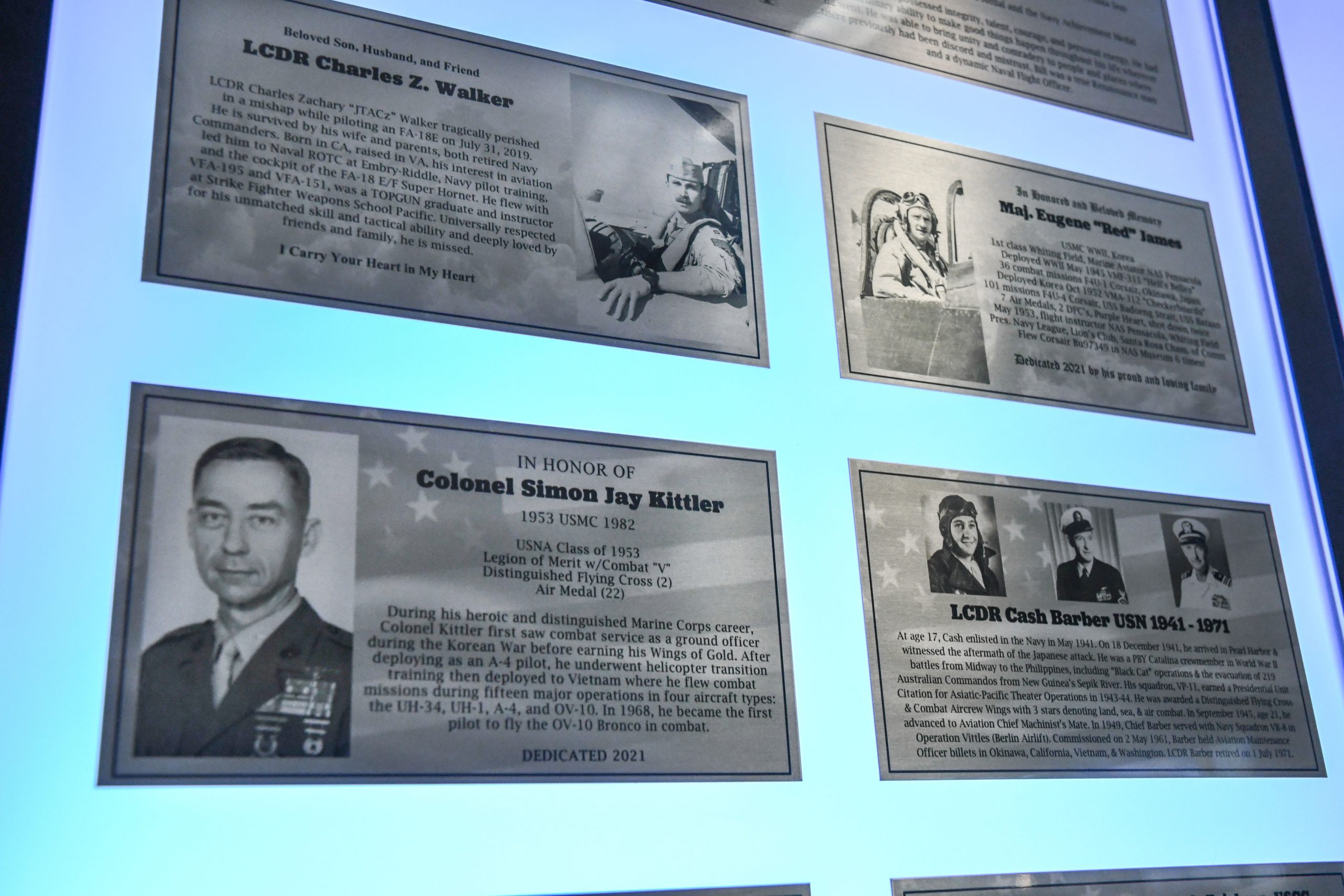
An example of a plaque is shown on the left. Plaques are photo engraved on a silver aluminum plate measuring 3.75” x 7”. Plaques can include photos, text, insignias and logos. The Legacy Wall plaques will be available for $2,500 including an exact replica mounted on wood backing and a Legacy Wall Certificate of Registry.
Purchase a Legacy Wall PlaqueThe First Seven Legacy Wall Servicemembers Honored
LCDR Charles Walker, USN
Served 2008-2019
Lieutenant Commander Charles Zachary “JTACz” Walker was tragically killed in a mishap while piloting an FA-18E Super Hornet on July 31, 2019. He is survived by his wife, Katie, and his parents, both of whom are retired Navy Commanders. Charles grew up in Pennsylvania and he quickly developed a keen interest in flying and Naval Aviation. That interest led him to Naval ROTC at Embry-Riddle Aeronautical University, Navy pilot training, and ultimately the cockpit of the FA-18 E/F Super Hornet. He flew the FA-18E with VFA-195 and VFA-151 operationally, and was a TOPGUN graduate and instructor pilot at Strike Fighter Weapons School Pacific. I had the pleasure of flying in two squadrons with Charles, and I can personally attest to the superb quality of Charles’ character, his unmatched skill and work ethic, and his devotion to Naval Aviation. He was universally respected across our community for his exceptional tactical ability and approachable demeanor. He personified the definition of the quiet, humble warrior – when he spoke, it carried weight and people listened. An entire generation of strike fighter pilots were inspired and groomed by Charles, and they are still in the fleet making a difference. His loss has been a difficult tragedy for the FA-18 community, especially at NAS Lemoore. Charles left an indelible impression on everyone he served with.
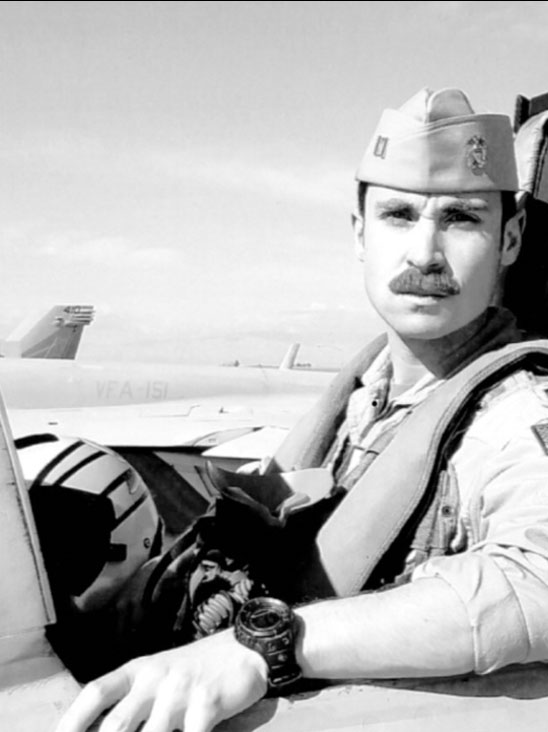
Maj Eugene "Red" James, USMC
Served 1942-1956
Maj. Eugene “Red” James, born 1922 in AL. Enlisted -Aviation Cadet program USN 1942 commissioned 2nd Lt USMC, first aviation class Whiting Field, designated Marine Aviator NAS Pensacola Oct 6, 1943. After much training including carriers, deployed WWII May 1945, VMF-311 “Hells Belles”, 36 combat missions in F4U-1 Corsairs at Okinawa until Aug 1945, occup. duty in Japan thru Mar 1946. James left active duty 1949 for reserves, recalled to active duty 1951. Assigned VMA-312 “Checkerboards” flying F4U-4 Corsairs in Korea Oct 1952, flying 101 combat missions bombing/strafing infrastructure/transport targets from carriers USS Badoeng Strait, USS Bataan. Jan 1953 on RR strike mission in Korea, James pushed over into a dive to drop his bombs. Was about to pull out when his bullet-proof windshied got shot out blasting face with 300mph glass shards. Red got control of plane, cut airspeed, headed to carrier trying not to blink or move eyes. Radioed other pilots “You guys all go ahead. I’ll land last. This could get messy!” Landed, was pulled from plane, glass removed by ship doctor, back flying in days, rec’d Purple Heart. Feb 24, 1953, aided rescue of downed Marine pilot who was surrounded and being fired upon by enemy. Captain James did series of daring low-level strafing assaults, drawing heavy enemy fire away from downed pilot, taking severe damage to own plane. Continued providing accurate low altitude cover fire helping helicopter rescue save fellow Marine’s life. Rec’d 2nd DFC. Returned to US May 1953, flight instructor NAS Pcola and Whiting Field, recruiting, etc. in active & rsvrs, released as Major 1956.
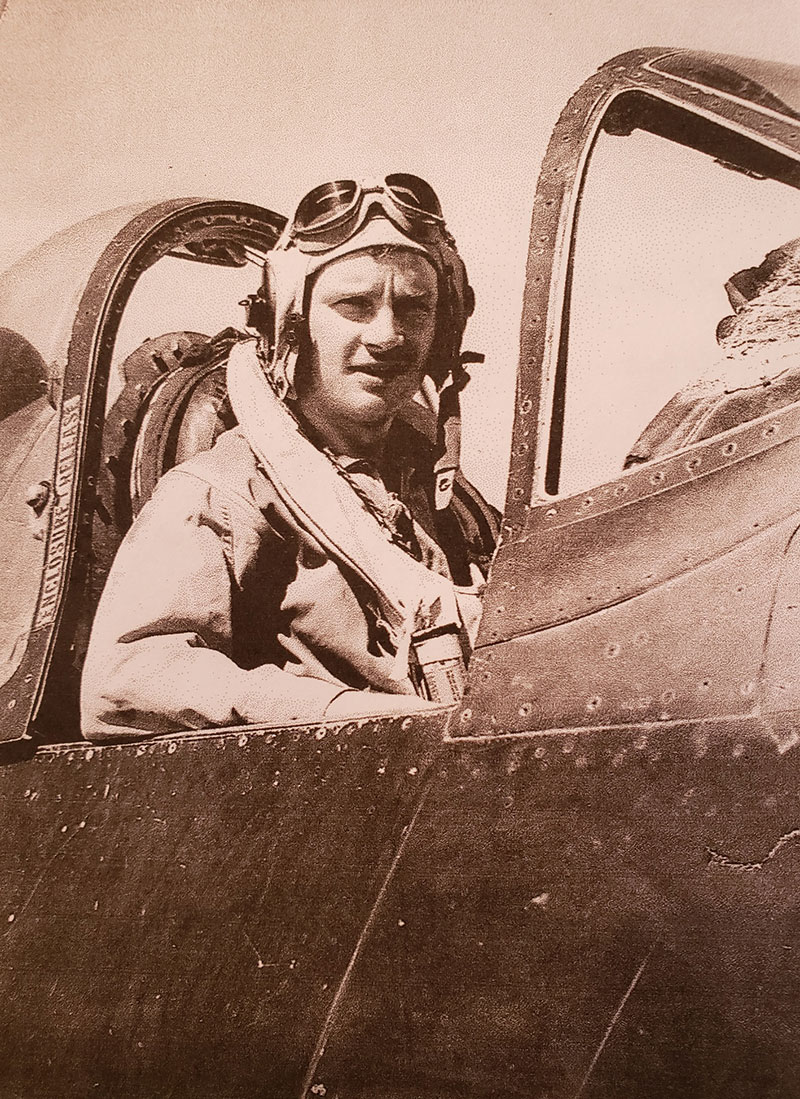
Col Simon J Kittler, USMC
Served 1953-1982
Colonel Simon J. Kittler was commissioned a second lieutenant as a member of the USNA Class of 1953. After a combat tour as a ground officer in Korea, he entered flight training in Pensacola where he earned his Wings of Gold.
He deployed as an A-4D Skyhawk pilot then underwent helicopter transition training to fly the UH-34D. He then deployed with HMM-365 in Vietnam, just a couple of weeks after his wife gave birth to a baby boy. While he was flying a mission for which he was later awarded the Distinguished Flying Cross, tragedy struck his home where his newborn son passed away in his crib. He returned to the States to bury his son and console his family then returned to duty in Vietnam.
Then a few months later on July 12, 1965, he rescued “an isolated reconnaissance patrol which had been ambushed and surrounded at night…by Viet Cong…under a crossfire from three automatic weapons, which made it virtually untenable…saving eighteen lives in the process.” For his actions that day, he was awarded a second Distinguished Flying Cross Medal for heroism. The recon patrol that he rescued that day was led by First Lieutenant Frank Reasoner who was posthumously awarded the Medal of Honor and Corporal Bryant C. Collins who was awarded the Navy Cross for their actions that day.
Major Kittler transitioned to the OV-10 and returned to Vietnam as OIC of a VMO-2 detachment and later became the first pilot to fly the aircraft in combat. As a Lieutenant Colonel, he flew combat missions in the OV-10 and the TA-4 on “Steel Tiger” FAC missions along the Ho Chi Minh Trail until 1969 when he returned home.
During his distinguished Marine Corps career, Colonel Kittler participated in 15 major combat operations as an aviator in four different aircraft types in Vietnam. Among his many decorations and awards are the Legion of Merit for valor, two Distinguished Flying Crosses for valor, 22 Air Medals, the Meritorious Service Medal, and two Combat Action Ribbons.
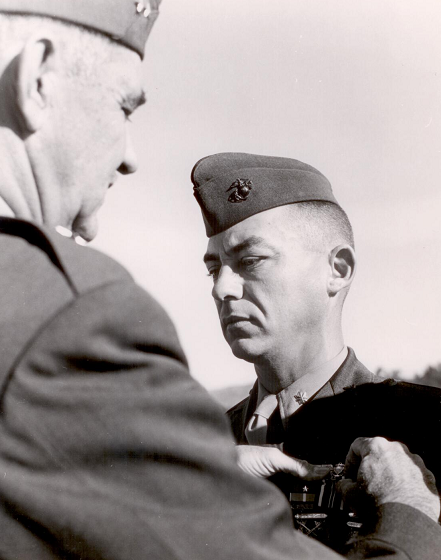
LCDR Cash Barber, USN
Served 1941 – 1971
Drennan, Colorado native Cash Barber graduated from high school and enlisted on 24 May 1941, less than one month after his 17th birthday. After Recruit Training and Aviation Machinist’s Mate “A” School, he arrived in Hawaii on 18 December 1941 to witness the aftermath of the Japanese attack on Pearl Harbor. He reported to VP-11 at NAS Kaneohe Bay.
A PBY Catalina crewmember during World War II, he served in Pacific battles from Midway to the Philippines including “Black Cat” operations and the evacuation of Australian Commandos from the Sepik River in New Guinea. He was awarded the Distinguished Flying Cross and Presidential Unit Citation for operations in the Asiatic-Pacific Theater in 1943 and 1944 and advanced to Chief Aviation Machinist’s Mate in 1945 at the age of 21.
In 1949, Chief Barber supported Operation Vittles (Berlin Airlift) with VR-8, one of two Navy squadrons that set records for tonnage delivered and aircraft utilization. In 1956, he participated in VR-7’s “Around the World” flight supporting the Suez Crisis. He logged 7,500 crewmember flight hours during twenty years of enlisted flying.
Commissioned on 2 May 1961, LTJG Barber continued in Aviation Maintenance Officer billets in Okinawa, California, Vietnam, and Washington. On 30 June 1971, LCDR Barber retired after his final tour as Commander Fleet Air, Whidbey Aviation Maintenance Administration/Facility Officer.
LCDR Barber documented a thirty-year Navy career in his 261-page book Fly Navy with Cash Barber – 1941-1971. A Naval Aviation Museum Foundation Life Member since 1978, he continues to support the Museum on many Tuesday mornings by sharing personal memories at the PBY cutaway. A 2018 Inductee in the Maritime Patrol Association Hall of Honor, he introduced the August 2020 PBY episode of the Museum’s History Up Close Facebook Live Series.
LCDR Barber is 96 years old and will celebrate his 76th anniversary with his wife, Eileen, on 20 December 2020.
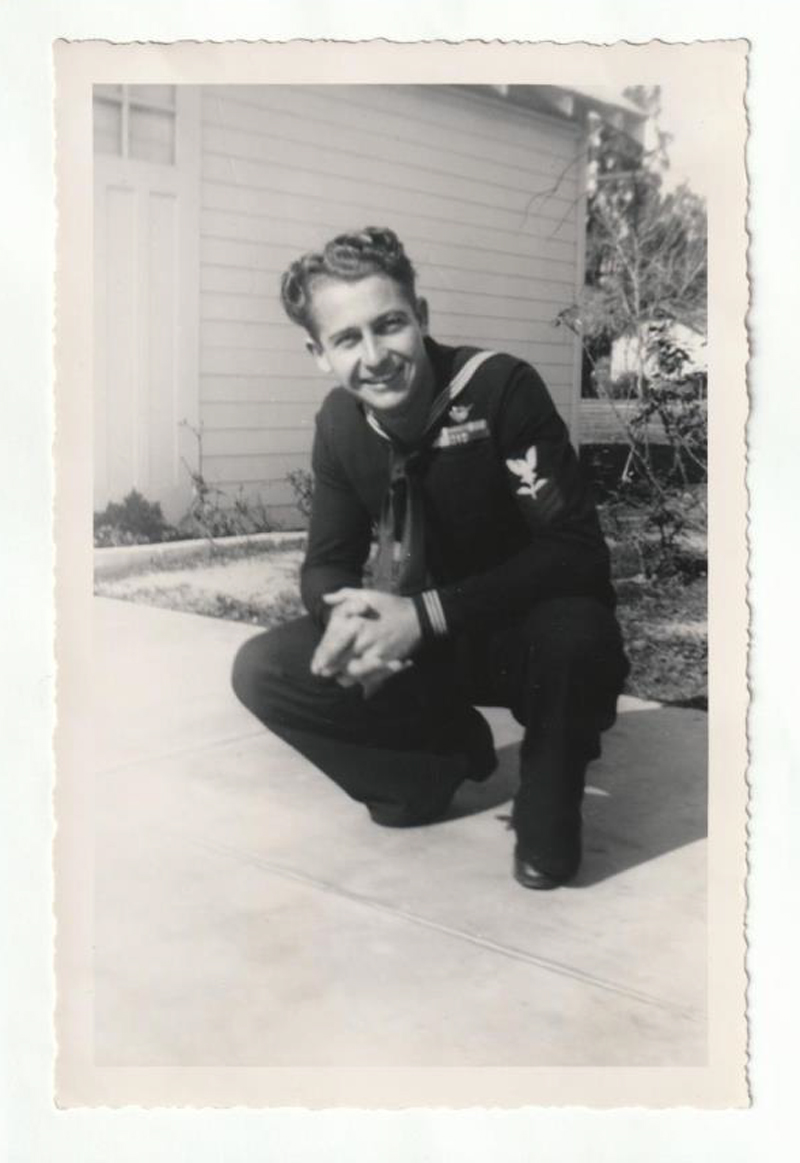
CDR Frank Erickson, USCG
Served 1928-1954
Born near Portland, Oregon, Erickson enlisted in the Navy and became a midshipman before he resigned and enlisted in the Coast Guard. He received an appointment to the Coast Guard Academy and was commissioned as an ensign in 1931. After service onboard cutters before World War II, he transferred to Honolulu and witnessed the Japanese attack on Pearl Harbor. Erickson subsequently became instrumental in the early development of helicopters and pioneered some of the techniques that the Navy and Coast Guard adapted, before he retired to Corpus Christi, Texas, in 1954. Frank Erickson was an aviation pioneer who led the Coast Guard’s acquisition and development of rotary-wing aircraft. He was instrumental in convincing the armed services of the U.S. and Great Britain of the helicopter’s potential, particularly for search and rescue and combat operations. He risked his own career by openly supporting what was then an untried and unproven technology.
Erickson earned his wings in 1935 and made his first open-ocean rescue the following year. He piloted amphibian aircraft attached to a newly commissioned class of Coast Guard cutters to test combined aircraft-cutter operations. He was then ordered to the Sikorsky Aircraft Company’s plant at Bridgeport, CT, for training in the new helicopters being manufactured there, thus forming the first Coast Guard Helicopter Detachment. He was designated as Coast Guard Helicopter Pilot No. 1 and became an instructor.
He organized and trained pilots who participated in joint U.S. and British evaluation trials in November 1943 to ascertain the feasibility of helicopter flight operations aboard ships at sea. He also trained 102 helicopter pilots and 225 mechanics from diverse US and British armed forces. On January 3, 1944, he flew the first ever rescue flight by helicopter when he piloted a Sikorsky HNS-1 with two cases of blood plasma from New York City to Sandy Hook, New Jersey, during a violent storm to treat Navy crewmen from a destroyer which had exploded and burned. He developed equipment such as power hoists, rescue slings, and floats that let helicopters land on water, and pioneered landings and take offs from vessels at sea and hovering in all weather conditions. These advances enhanced the helicopter’s utility, leading to its use around the globe.
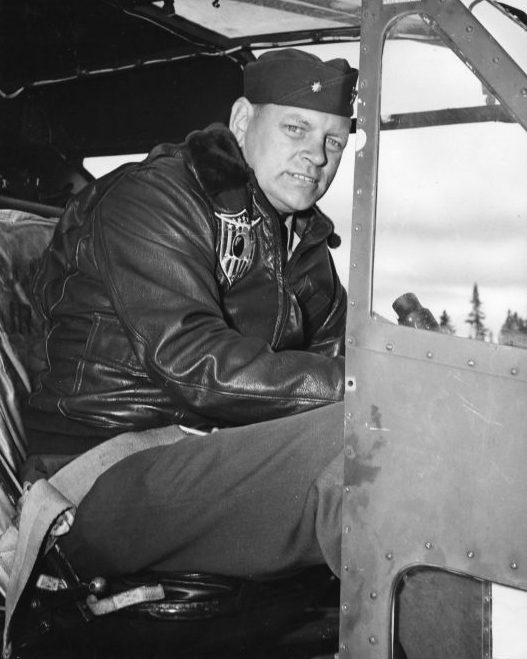
CAPT Vince "Vinnie" Segars, USN
Served 1990-2020
CAPT Vincent “Vinnie” Segars was one of the finest examples of a Naval Aviator. He met me right after starting flight school at NASC at NAS Pensacola. After getting his Wings or Gold, he flew many missions in the mighty EP-3 Orion. Much hard work and servant-leadership brought one of our favorite tours-Commanding Officer of VPU-2 Kaneohe Bay, Hawaii. The positive influence, leadership, and mentorship he had for his sailors was unsurpassed. Vince exemplified Honor, Courage and Commitment. He always valued and truly cared about everyone in his command, from the lowest rank to the highest. One of his outstanding character traits was being a servant-leader. I witnessed on a daily basis the incredible gift Vince had for putting people at ease and leading with much humility. There were many wonderful tours, medals and awards for a naval career well-done. But the one that touches me the most is our last tour, here, at NASC. Vince loved to fly and he was a very well-seasoned Naval Aviator. We received our dream orders to come back to Pensacola for his last tour. Nothing could have prepared us for the tragedy that would strike our command on Dec. 6, 2019. My husband’s leadership was truly put to its final test during this time. I have never seen such an example of faith, compassion, determination and unwavering steadfastness. It was during this time that I saw my husband was a true Navy Hero. My realization would only be forever etched on June 10, 2020. Vince was delivering info for a new program that was to start for pilot training -the NIFE program. His plane had engine failure and crashed in a field near Sardis, AL on his way home to Pensacola. My husband and his colleague, CDR Joshua Fuller, were both tragically killed. Vince was just short of retiring with 30 years in the Navy. His love for his God, country, Navy and Naval Aviation will never be forgotten.
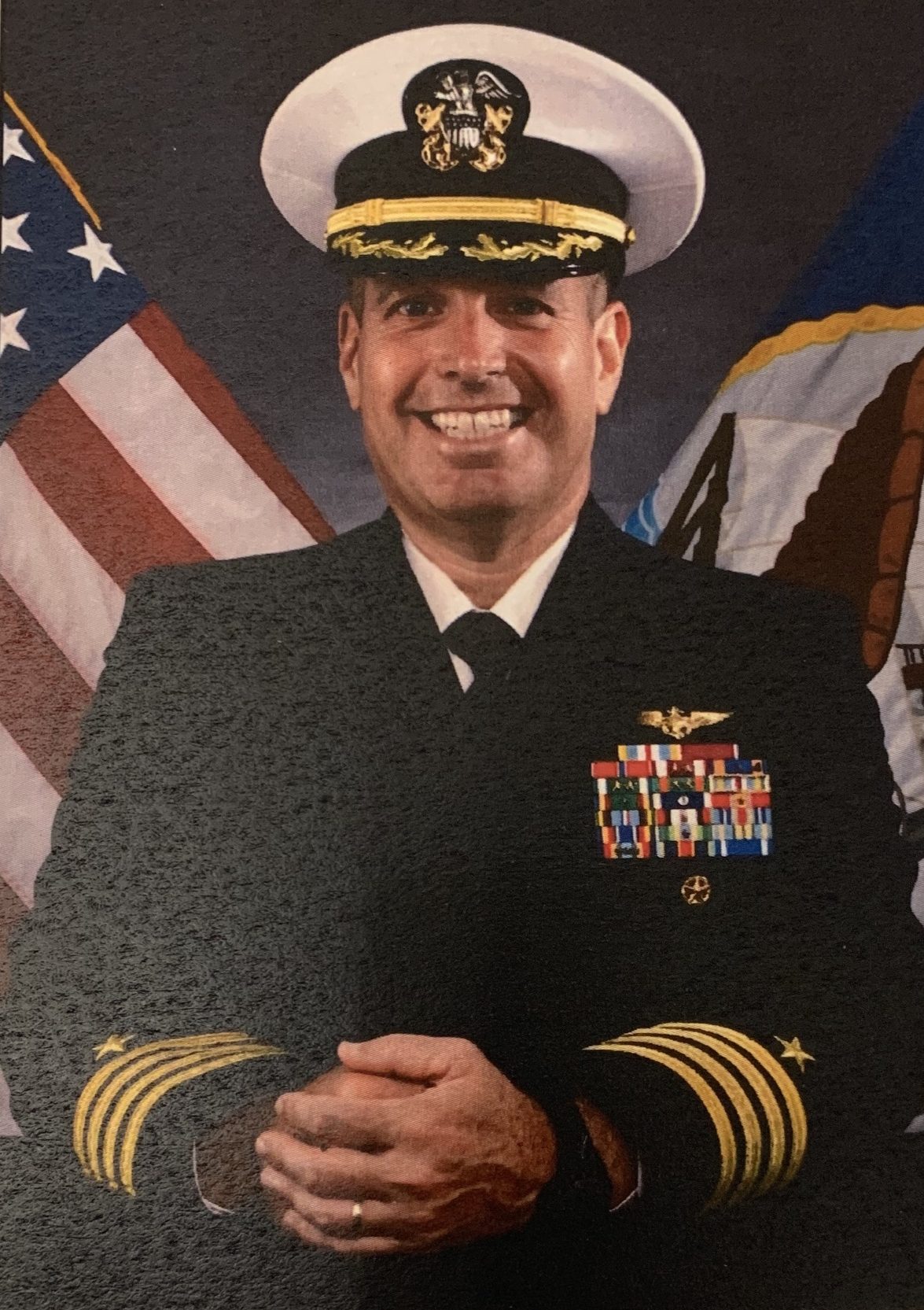
Col Henry Steadman, USMC
Served 1945-1978
Col. Henry (Hank) W. Steadman (1927-2016) USMC-ret. (1945-1978); interred at nearby Barrancas National Cemetery Pensacola. That long train ride from the farm in Mississippi to Parris Island, SC in 1945 was an auspicious start to a remarkable 33-year career in USMC. During his 5 years as an enlisted Marine, one of his earliest assignments was serving as Honor Guard on the Freedom Train for 14 mos. escorting all the important documents of the US throughout the United States following WWII. Selected as model for the USMC recruiting poster, utilized for nearly 20 yrs. Commissioned in 1950, followed by flight training, beginning an eventful and exciting flying career. Flew many of the early Marine Corps jets, including F-9F, FJ-4, T-33 and A-4. Miscellaneous other aircraft flown include: SNJ, T-28, F6F, AD(-4/5/6), SNB, R4D-8/C-117D, and OV-10. Transitioned to helos in 1959, and eventually saw service in HTL-6, HO4S, H-37, H-34, H-46, H-53, UH-1 and AH-1J. 2 distinguished tours in Vietnam: the 1st in 1965 as XO/CO of HMM-362 flying H-34s; his 2nd tour in 1970 as CO (“Papa Fox”) of HMM-364 Purple Foxes flying CH-46s, and S-3 of MAG-16. Notably awarded 2 Silver Stars, LofM w/Cmbt V, DFC, VN Cross of Gallantry w/Silver Star, Purple Heart and 25 Air Medals during 500 combat missions over two VN tours. Final flying assignment: CO of MAG-29 at MCAS New River, NC (AH-1, UH-1, OV-10); then attended ICAF. Following retirement in 1978 served as helo/fixed-wing simulator instructor for 6 yrs. at NAS Whiting Field, FL. Proudly served as docent at this museum over several years. TOTAL Military Flying: 25 years, 5,000+ hours, 2 combat tours/500 combat missions, wide diversity of fixed and rotary-wing aircraft in multiple leadership positions. Col. Hank Steadman was our own larger-than-life hero and inspiration, 3 of his children followed with military careers, model Marine, distinguished and recognized leader, devoted family man and true American Hero.
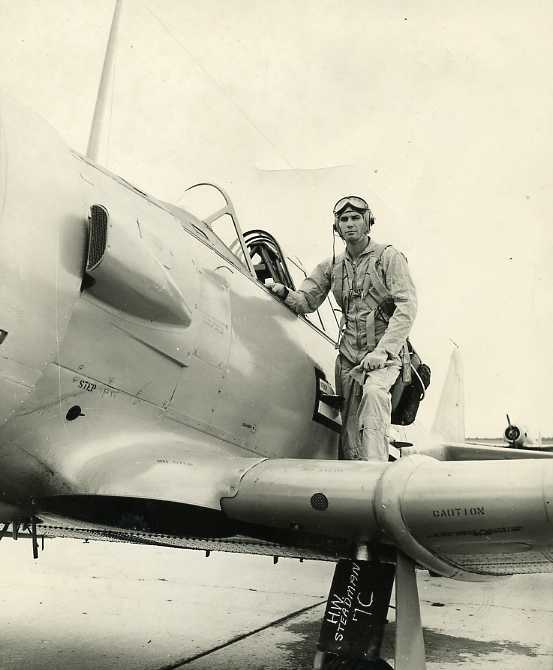
Legacy Wall FAQ
What is the Legacy Wall?
The Legacy Wall was developed as a way for contributors to honor and remember their loved ones who have served in the United States military. Families, squadrons or organizations can sponsor a plaque in honor or memory of their loved one which will then be posted on the wall.
How can I purchase a Legacy Wall plaque?
To purchase a Legacy Wall honor plaque, click
here.
What if I prefer to mail in a contribution?
Contributions can be mailed to:
Naval Aviation Museum Foundation
1750 Radford Blvd. Suite B.
Pensacola, FL 32508
How long does it take for my plaque to be displayed on the Legacy Wall?
Plaque production will begin once full payment is received. Expect two weeks from artwork approval for your plaque to be displayed on the Legacy Wall.
